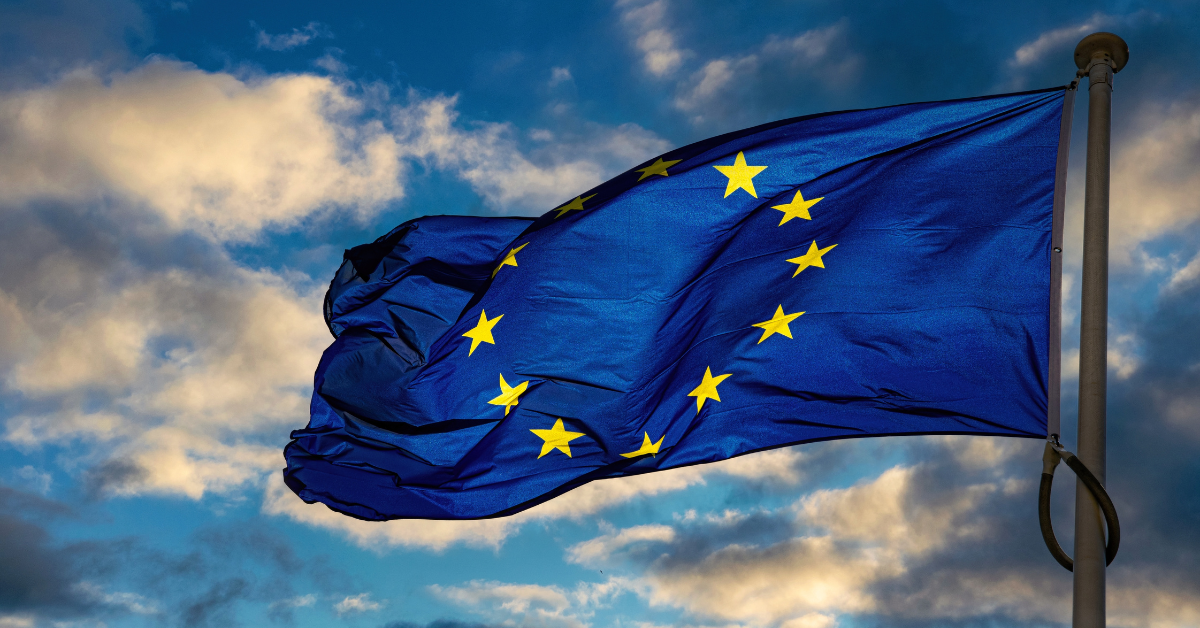
Explore the meaning of greenwashing, its risks and impacts, and how companies can communicate sustainability responsibly.
In the last two decades the discourse around sustainability has increasingly permeated both the public debate and the strategies of corporations, leading to a growing pressure on businesses to demonstrate their commitment to environmental and social responsibility.
Within this context a practice has emerged that, while appearing to respond to these expectations, actually undermines the very purpose of sustainable transformation: greenwashing.
Greenwashing refers to the set of communication strategies, marketing techniques and symbolic gestures through which a company presents itself as environmentally responsible without implementing actions that substantially reduce its impacts or contribute to systemic change.
The regulatory landscape
Understanding how greenwashing manifests itself and why it is problematic requires not only an analysis of corporate behaviour but also a broader look at the regulatory framework that is attempting to address misleading claims.
European Union initiatives
In the European Union, the debate has recently focused on the Green Claims Directive, a proposed legislative framework designed to establish common criteria for substantiating environmental claims that requires companies to base their communications on solid scientific evidence, verified through independent assessments and presented in a transparent manner.
This initiative complements the Unfair Commercial Practices Directive, which already prohibits misleading environmental advertising, but adds a more detailed set of obligations and enforcement powers.
Alongside this, the Corporate Sustainability Reporting Directive (CSRD) obliges thousands of companies to disclose in a structured and comparable manner how their activities impact people and the environment.
Recent empirical analyses show the scale of the problem.
The European Commission has found that 53 % of environmental claims they examined are vague, misleading or unfounded, and 40 % lack supporting evidence.
Global perspectives and recent developments in Italy
Internationally, the regulatory picture is also evolving.
In the United States the Federal Trade Commission (FTC) periodically updates its Green Guides, which outline how companies should communicate environmental benefits without misleading consumers.
In the United Kingdom, the Competition and Markets Authority (CMA) has published the Green Claims Code, explicitly warning businesses that vague phrases such as “eco-friendly” or “sustainable” will not be tolerated unless backed by verifiable evidence.
Finally, in Asia, countries such as South Korea and Japan have introduced guidelines and penalties against misleading environmental advertising, showing that the issue is increasingly global.
The risks and impacts of greenwashing for business
The risks associated with greenwashing are manifold and can impact different aspect of a business.
Reputational and financial risks
When a company exaggerates or fabricates its environmental achievements, it creates an illusion of responsibility that can be quickly dismantled once scrutiny arises, leading to a loss of credibility that is difficult to recover.
Once the trust of consumers or investors is eroded, rebuilding it requires not only time but also substantial investments in transparency and corrective action.
Financial markets are increasingly sensitive to this issue.
Investors guided by environmental, social and governance (ESG) criteria may divest from companies perceived as unreliable, as trust in data integrity is central to risk management.
Access to sustainable finance may also be compromised: banks and funds are reluctant to extend green loans or issue sustainability-linked bonds if doubts about the credibility of the borrower’s claims emerge.
Consumer behaviour reflects the stakes.
A survey by PwC in 2025 reported that 44 % of global consumers say they are willing to pay more for food products produced sustainably.
However only 18 % to 20 % of respondents routinely seek out information about brands’ climate and sustainability initiatives. This indicates that intention is present, but action and scrutiny are uneven.
Regulatory, legal and systemic risks
Beyond reputational and financial considerations, companies caught engaging in greenwashing also face regulatory and legal risks.
Competition authorities across Europe have opened proceedings against brands whose advertising overstated environmental benefits, leading to sanctions, orders to withdraw campaigns, and in some cases class actions promoted by consumer associations.
At a systemic level, greenwashing contributes to a more insidious risk: the erosion of collective trust in the sustainability transition.
If consumers repeatedly encounter misleading claims, scepticism grows not only towards individual companies but towards the very concept of corporate sustainability, thereby weakening social support for policies and market mechanisms that could accelerate the green transition.
Ultimately, greenwashing wastes valuable time, as attention and resources are diverted to superficial changes rather than structural transformation.
How to communicate sustainability efforts avoiding greenwashing
If these cases show the pitfalls of greenwashing, they also highlight the path towards a more credible and responsible way of communicating sustainability.
Transparency and proportionality
Companies that wish to avoid such mistakes should embrace a principle of transparency, grounding every claim in verifiable data and ensuring that the information provided is proportional to the actual impact of the initiative.
For example, if a packaging innovation reduces environmental impact by a certain percentage, the communication should clearly state the figure, explain how it was calculated and contextualise it within the company’s broader strategy, rather than presenting it as a revolutionary step.
Consistency across the business model
A second principle is consistency: sustainability claims must be aligned with the overall business model and not contradicted by practices in other areas.
For example, a company cannot credibly present itself as a climate leader if it continues to invest heavily in carbon-intensive operations without a clear transition plan.
Independent validation and stakeholder engagement
Finally, stakeholder engagement plays a crucial role: involving external experts, NGOs and independent auditors in the validation of sustainability actions strengthens the credibility of communications and reduces the risk of being accused of manipulation.
The way to a transparent and substantiated communication of sustainability
Greenwashing represents one of the most insidious challenges in the field of corporate sustainability, precisely because it exploits the language of responsibility while delaying real change. The regulatory landscape is moving towards greater rigour, pushing companies to substantiate their claims with evidence and coherence.
The risks of falling into greenwashing are significant, as the cases we spoke before demonstrate, with consequences that can undermine trust and long-term value creation.
At the same time, these lessons offer an opportunity: by adopting transparent, consistent and verifiable communication practices, companies can avoid the pitfalls of greenwashing and contribute to building a culture of accountability, in which sustainability is perceived not as a marketing tool but as a genuine commitment to future generations.



